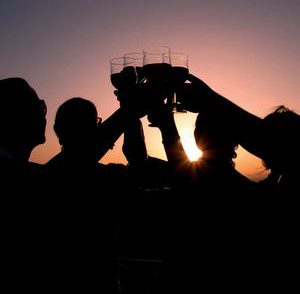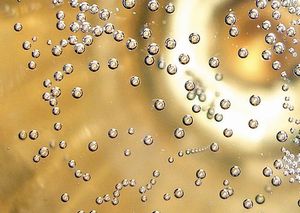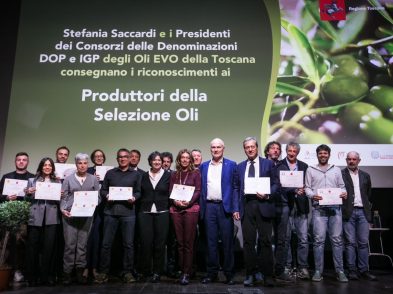Late autumn and winter are the perfect times to write about, read about, and drink Barolo wines. In the Italian turn of phrase, they are ‘meditative’ wines: to be sipped and savored, accompanied by a well aged cheese, hearty dish of red meat or local game.
Barolo is one of Italy’s DOCG wines. This means the wine is guaranteed to have been made according to legal standards. And the standards for Barolo are tough: only 11 small areas of the Piedmont region can use the name; they must use only Nebbiolo grapes that have been grown locally; the wine must age for a minimum of three years; and two of those must be in oak or chestnut barrels. To be called a riserva, the wine must be aged at least five years. However, even when the wine is released for sale, you will likely not want to drink it for several more years.
The Nebbiolo grape is hard to grow, though with the right combination of sun, rain, and a mild, foggy autumn, this grape is a marvel. If conditions are not ideal and it doesn’t ripen enough, its tannins and acidity take over; the result is a harsh, unpleasant wine. This grape matures quite late. When Chianti’s Sangiovese is well on its way to being wine, the Nebbiolos are still on the vine: late October or early November is harvest time for them. By then the Langhe hills can be covered with fog (from which the grape likely derives its name, nebbia), or, worse yet, ice.
None of these challenges is new to the Piedmont winemakers. Winemaking has been a part of the culture since the Greeks arrived from the Ligurian coast. The first evidence of Nebbiolo as a recognized grape comes from 1268, found in a document speaking of a vineyard of Nibiol, near Turin.
The modern history of Barolo starts with the Marchesi Falletti, whose family castle is now a regional enoteca in the heart of Barolo, and with Count Camillo di Cavour, a key figure in Italy’s unification during the mid-1860s. Cavour brought a French oenologist, Louis Odart, to his nearby castle. To that point, the Nebbiolo grapes had been used to make sweet wines, in keeping with earlier tastes. Odart used winemaking techniques, including barrel aging, to make something closer to today’s wine.
So, what of today’s wine? Ninety percent of Barolo wines are made in just five of the 11 communities that are authorized to do so. These are Barolo, La Morra (which accounts for nearly one third of the production), Serralunga d’Alba, Castiglione Falletto, and Monforte d’Alba. The traditional way of making Barolo was (and continues to be in some camps) to allow the grape skins to stay with the grape juice (called maceration) for long periods, both during and after fermentation. The skins were then removed, and the wine was aged in very large, old oak (or chestnut) barrels.
In the 1960s, Renato Ratti, Angelo Gaja, Elio Altare and a few others began to experiment with more modern methods, including the use of temperature-controlled fermentation and of 225-liter French oak barrels (barriques). The idea was that the sweetness of the smaller barrels would leach into the tannic Nebbiolo and produce a wine that would be more approachable and more enjoyable, and to do so in a much shorter period. It worked. Happily, at this point, the producers in the Piedmont are not fighting over which method is correct. The mix of tradition and innovation, coupled with more severe pruning and greater ripening of the surviving grapes, make today’s Barolos better than ever.
Many wine experts view a well-made Barolo from a good vintage as being one of the greatest red wines in the world. With its full-bodied power, intriguing aromas and flavors, it’s a real treat. And it only gets better with age.
If you are ready to try some Barolos, you need to start by researching some of the producers; the town where the wine is produced; whether its grapes are from a single vineyard; and the vintage available. In a gross generalization, the wines of the eastern valley (Serralunga d’Alba, Castiglione Filetto and Monforte d’Alba) will tend to be more austere and more tannic. They generally need up to 15 years to really develop. The wines of the central and western valley, including La Morra, tend to be more velvety, more elegant. They are generally ready to drink within eight to 10 years of their vintage date. There are some excellent values to be had as well as the security of buying well-known names.
Approximately 10 million bottles of Barolo are produced each year, so you have ample opportunity for research. Enjoy!








